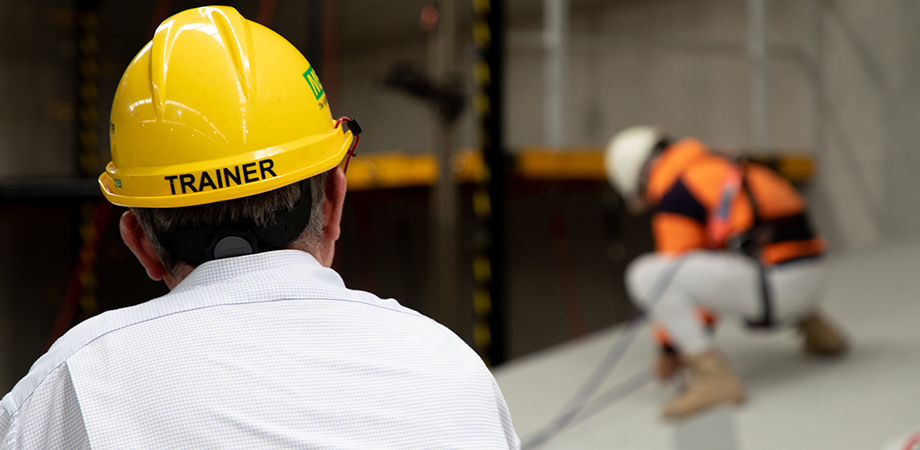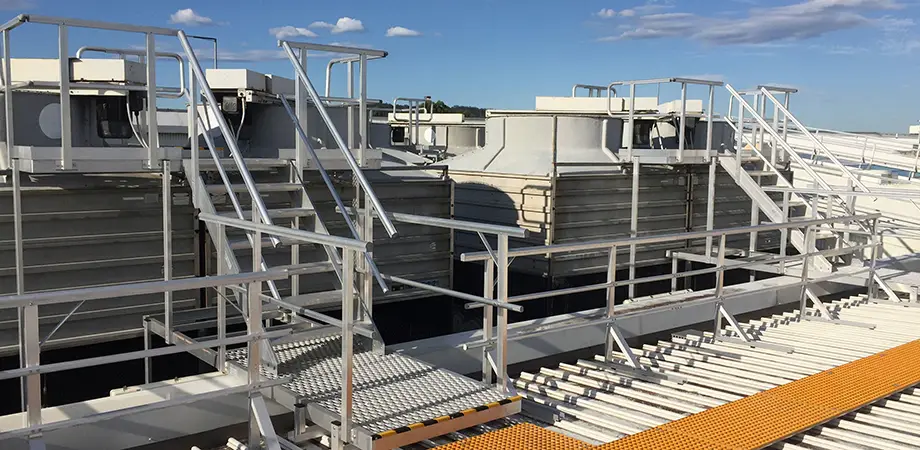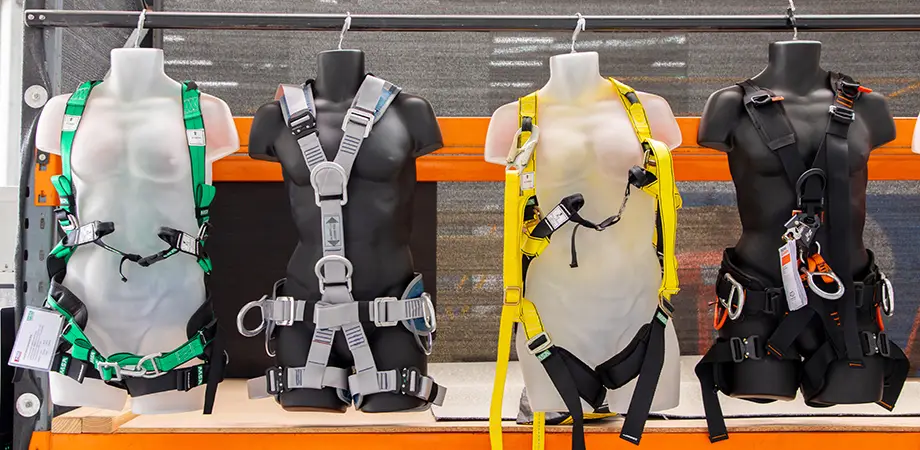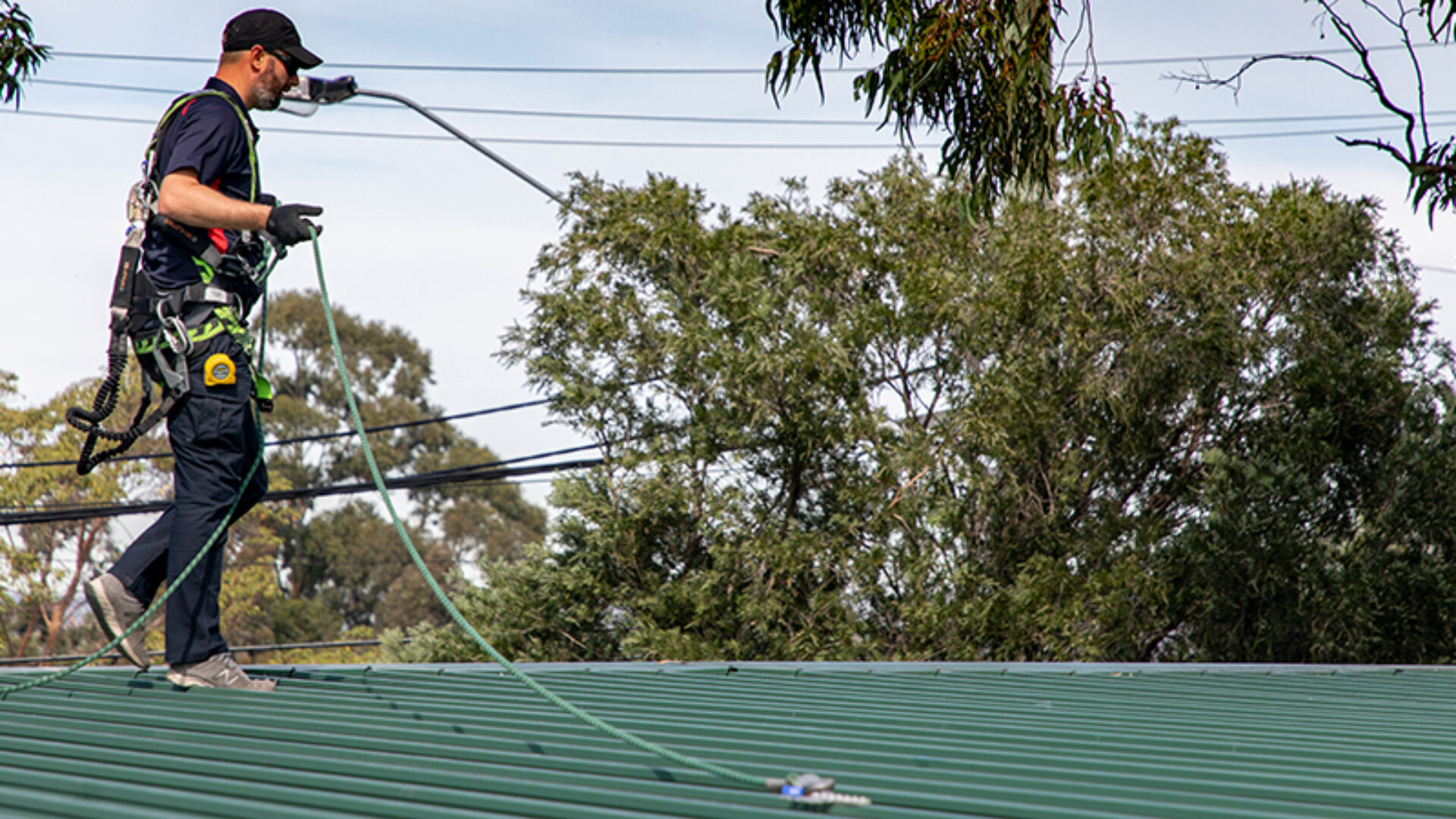Creating a safe workplace requires a holistic approach to safety.
Creating safe working environments is something that every person should be striving for. Safe workplaces are good for employers, and good for their team members. This is especially true for the high-risk work environments often visited by the Height Safety Engineers team.
The best way to create a safe workplace for your team, and others who may be under your duty of care, is to have a comprehensive set of safety policies and systems in place to guide behaviour and mitigate risk.
However, ensuring that you have these policies and systems in place may not be immediately obvious. In many cases the risks associated with high-risk work – especially work at heights – can be difficult to see. That is until an accident happens.
Developing these systems also involves many interconnected parts that need to complement each other in order to keep workers as safe as possible.
The quintessential safety problem
A common situation that the HSE team often comes across is a facility manager or building owner having a maintenance technician be unable to complete essential repair work because they are unable to safely access the area they need to.
These situations often stem from a lack of understanding about what is required in terms of safety systems, training and procedures that need to be in place prior to work being undertaken.
The importance of training
Having adequate training on the safety systems in place on a building is just as important for those that oversee work as it is for those directly undertaking it and using the system. Training provides more than just the skills required to stay safe, it provides skills in identifying and assessing risks as well as an understanding of what action needs to be taken in order to best mitigate them.
In most cases, there are three basic levels of training that need to be completed in order to fully understand the risks associated with working at a given task.

The first level is a general safety induction. This is covered off by a worker completing their white card (CPCCWHS1001 Prepare to work safely in the construction industry, to give it its full name). This is a competency that everyone working in a trade or trade-related role needs to have completed before they enter any job site.
Next comes general task training. This training is about learning the fundamentals of the work being undertaken. For working on roofs or raised areas where a fall is likely, this would be RIIWHS204E Work safely at heights. Where workers are entering spaces with restricted access and movement, confined space training would be required.
The final level of training is specific to the site and the system that is going to be used. This is often referred to as a site induction. Depending on the system being used and the work that is being undertaken, this training can take on many different forms. It could be as simple as referring to a procedure document or something more advanced like having to undertake specific training exercises to demonstrate competency.
Once these training levels are complete, the operator should be signed off as having met the requirements of training policies before they enter the work area and start using the safety system.
For building owners, facility managers and other supervisors, completion of training will allow them to have a comprehensive understanding of the risks associated with their building or plant, allowing them to be more proactive in ensuring physical safety systems are kept compliant.
Safety systems
Safety systems for those working at heights is the physical safety infrastructure that is installed on a building or plant to assist in facilitating safe access and work positioning.

Safety system solutions come in a variety of shapes and sizes as every roof or working at heights situation is different. These systems should be designed to suit the needs of the operators, and be compliant with the relevant Australian standards.
Safety systems for working at heights fall into two main categories – those that provide what is called fall restraint, that those that provide fall arrest. Generally, working in fall restraint is considered the better option, however there are always going to be circumstances where that is not possible.
A fall restraint safety system is one that, when used and adjusted correctly, prevents the operator from placing themselves in a situation where they can fall. These types of systems can be used in conjunction with physical barriers, such as guard rails or tensioned lifelines and anchor points.
Fall arrest systems will not stop an operator from falling, but work to limit the distance of the fall to one that does not cause serious injury, should it occur. Fall arrest systems often include roof anchor points, self-retracting lifelines, fall arrest blocks and more.
Just having a system, however, is often not a panacea for height safety, as many require the use of additional PPE to be correctly used.
Equipment (PPE)

For workers, having the correct equipment allows them, along with their training, to safely use an installed safety system at a job site. For those that supervise or oversee this work, having the knowledge to identify what equipment may be needed to use a system can allow workers to plan ahead and minimise unexpected downtime.
The equipment needed to safely operate a physical safety system will differ depending on the type of system present and the work being undertaken.
The most common form of PPE used when working at heights is a harness. Harnesses come in different deigns suited to different types of work in different environments, but they all function in largely the same way – they are the method through which an operator attaches to the safety system.
Other equipment that may be used are rope lines, lanyards, carabiners, helmets, gloves, shock packs and more.
Holistic solutions
When working to mitigate risks it is important that everyone – from building owners, facility managers, contractors, team members – consider the holistic nature of risk reduction. Especially in circumstances where the risk cannot be removed or substituted.
It is vital that everyone has the skills required to identify and respond to risks in the workplace, and to work hard to mitigate those risks as best they can. Having a comprehensive, holistic approach to safety avoids unnecessary downtime and, more importantly, helps to get every worker home safely at the end of every day.
The team at HSE understand that safety requires holistic thinking. We work closely with our clients to ensure that their systems and people work together to deliver safe working at heights every day.





